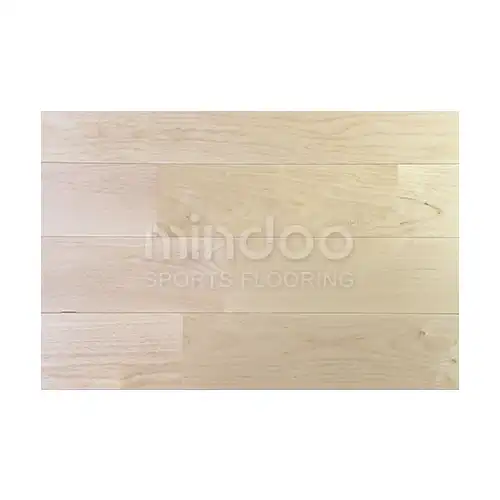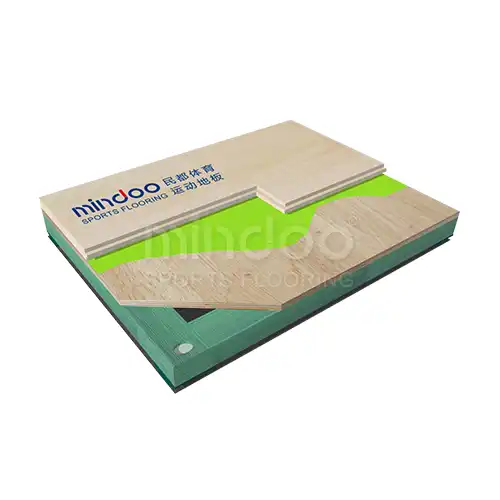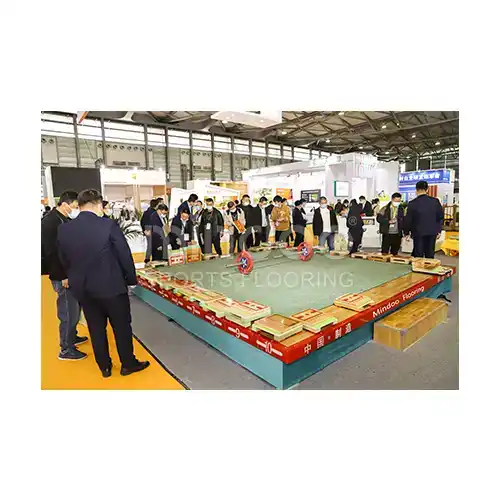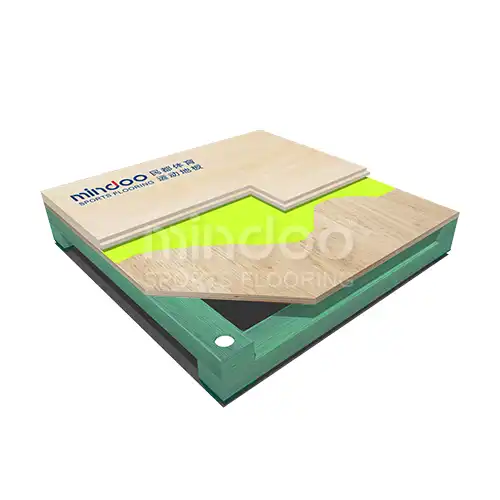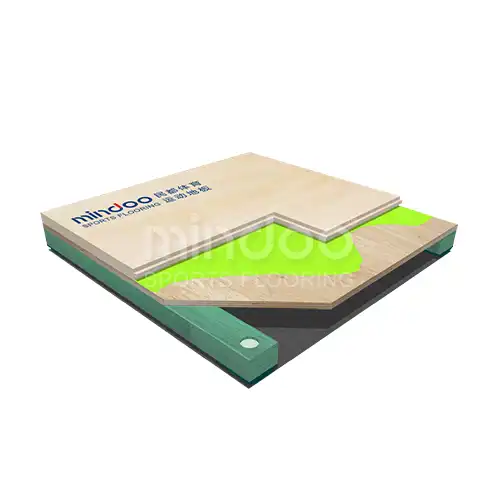How to Choose the Best Value-For-Money Flooring for Your Home Gym
Setting up a home gym is an exciting and rewarding investment, but as with any major purchase, it’s essential to choose your equipment wisely. One of the most critical factors to consider is your workout floor. After all, your flooring doesn’t just provide a safe and comfortable surface for your workouts, it also plays a significant role in protecting your home from damage and reducing noise. Whether you’re into weightlifting, yoga, or cardio workouts, the right flooring can elevate your fitness routine. So, how do you choose the best flooring that balances cost, durability, and performance? Let’s break it down.

Understanding Your Flooring Needs
Before diving into options, it’s crucial to understand exactly what you need from your floor. Different workouts demand different types of support:
Heavy Lifting: If you're lifting weights or using equipment like kettlebells, you’ll want a floor that can handle the impact. This type of workout requires thicker, more durable flooring to prevent dents and damage to both your equipment and your subfloor.
Cardio and Aerobics: For high-impact exercises like jumping jacks, running in place, or step aerobics, you’ll need a floor that provides adequate cushioning without being too soft. The right balance here is crucial for joint protection.
Yoga/Pilates: If your primary workouts involve stretching, yoga, or pilates, you’ll want a floor that offers enough grip to prevent slipping but is still gentle on your joints. A thinner, more flexible material can be ideal here.

Multi-purpose: Many home gyms are multi-functional spaces where you might do a little bit of everything. In this case, you’ll need a versatile floor that can provide decent support across different activities.
Once you've pinpointed the types of activities you'll be doing, it’ll be easier to narrow down your choices.
Key Factors to Consider When Selecting Home Gym Flooring
Durability and Impact Resistance
When you're investing in home gym flooring, you want something that will last. If you’re lifting heavy weights or doing high-impact exercises, look for flooring materials that can withstand constant pressure. Rubber flooring is one of the best materials for this because it absorbs shock and won’t dent or tear easily. If you’re working with lighter loads or doing less intense workouts, foam flooring may be a viable alternative, but it's not as durable as rubber.
Comfort and Cushioning
How the floor feels underfoot is just as important as its durability. You’ll want a surface that provides enough cushioning for comfort without compromising your workout. For example, foam tiles or EVA foam mats offer excellent cushioning for low-impact exercises, yoga, and stretching. However, too much cushioning can be a problem for activities like weightlifting, where stability is key. You need enough firmness to provide a solid base for lifting heavy weights.
Slip Resistance
A slippery floor can quickly become a safety hazard, especially when performing dynamic exercises or using heavy equipment. Look for flooring materials with a non-slip surface. Rubber is naturally slip-resistant, making it a top contender for most types of workouts. Additionally, textured surfaces can also increase traction and prevent accidents during your workout.
Noise Reduction
If you’re working out in a shared space or an apartment, minimizing noise is probably a top priority. Rubber floors are particularly effective at absorbing sound, reducing the impact noise of dropping weights or running. Thicker mats and interlocking foam tiles can also help reduce noise, especially in high-impact activities like jumping or running.
Maintenance and Cleanliness
Let’s face it, keeping a home gym clean can be challenging, especially if you’re sweating it out daily. Look for flooring that’s easy to maintain. Rubber flooring typically only requires occasional sweeping and mopping, while foam or carpet tiles may need more frequent cleaning, especially if you’re using them for high-intensity workouts.
Cost and Value
As much as we want the best of the best, we have to balance quality with budget. Generally, rubber flooring tends to be more expensive than foam or vinyl options, but it offers much more durability and longevity, making it a better investment in the long run. On the other hand, foam mats and PVC flooring are cheaper options that may still work well for lighter activities or smaller spaces. Be sure to assess your needs and choose a floor that fits your budget while providing good value for your money.

Types of Flooring Options for Home Gyms
Rubber Flooring
Rubber flooring is the gold standard for home gyms. It’s incredibly durable, offers great shock absorption, and is resistant to moisture, which helps prevent mold growth. You can find rubber flooring in the form of rolls, tiles, or interlocking mats. Rubber is especially ideal for heavy-duty workouts like powerlifting, CrossFit, or cycling.
Foam Flooring
Foam tiles or mats are popular for light to moderate-intensity exercises like yoga, stretching, or aerobic workouts. They are soft and provide ample cushioning, which is easy on your joints. While they aren’t as durable as rubber and can wear down more quickly, they’re an affordable and versatile option for home gyms with lower-impact needs.
Vinyl Flooring
Vinyl is a budget-friendly, low-maintenance option that’s commonly used in gyms and fitness studios. It offers a smooth, easy-to-clean surface and is relatively durable, though it doesn’t have the same shock absorption qualities as rubber or foam. Vinyl works well for cardio workouts or light exercises but may not provide enough cushion for activities like weightlifting.
Carpet Tiles
Carpet tiles are another cost-effective option, particularly for those looking for noise reduction and a softer feel. They are easier to install and replace than traditional carpet, making them a decent choice if you’re renting or want to add a bit of warmth to your home gym. However, they’re not as durable as rubber or vinyl and may not offer enough support for more intense workouts.
Interlocking Foam Mats
For a versatile and customizable flooring option, interlocking foam mats are a good choice. They’re easy to install and remove, and the foam provides enough cushioning for activities like yoga or bodyweight exercises. However, they might not be ideal for high-impact workouts or heavy equipment, as they tend to compress over time.
By taking into account durability, comfort, maintenance, noise reduction, and cost, you can find a flooring solution that not only supports your fitness goals but also enhances your workout experience. Investing in the right floor is more than just about aesthetics; it’s about creating a safe, functional, and enjoyable space where you can thrive in your fitness journey.
